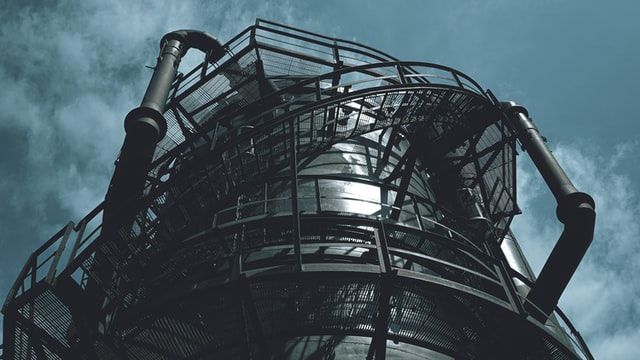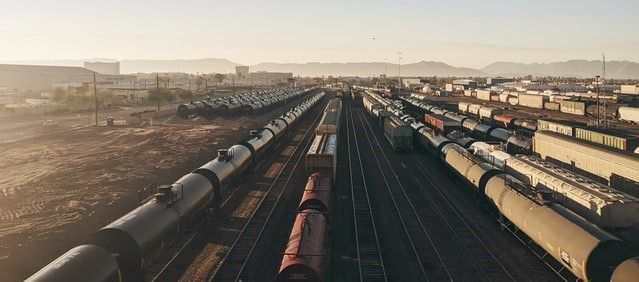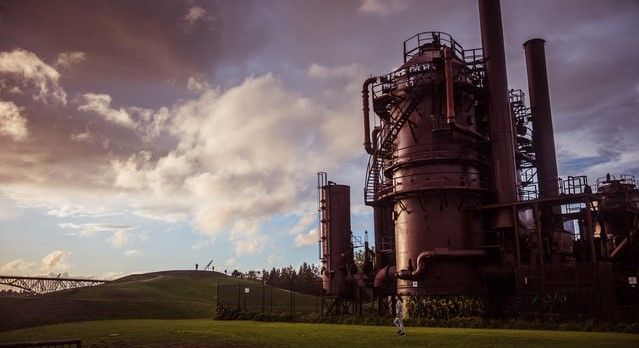It is a well-known fact that the price of gas and oil affects the price of everything else. Household economics are impacted, the cost of holidays rise, and everything which has to be transported or delivered (which is just about everything) has an increased cost.
But for the power-hungry chemical industry, not only are fossil fuels a source of energy, but they are also a raw material feedstock for production. This means that the industrial sector most affected by gas and oil price fluctuations is chemical manufacturing. And never more so than now.

The Energy Crisis as it Stands
The Russian invasion of Ukraine has thrown energy markets into turmoil. Day after day, the West has intensified sanctions on Russia, including restrictions on oil and gas imports to the US, the EU, and the UK. The US in particular, has banned all imports of Russian oil, coal, and gas (although it used almost zero before the invasion).
In response, President Vladimir Putin has threatened to cut gas supplies to ‘unfriendly’ countries if they don't start paying for gas imports in Russian roubles – an intense negotiating point that is still ongoing between Brussels and Moscow.
At present, Russian gas accounts for about 40% of the EU's natural gas imports, leading to Deputy Russian Prime Minister Alexander Novak stating that a total ban on Russian fossil fuel usage would lead to ‘catastrophic consequences for the global market’.
Yet alternatives to Russian fuel supplies do exist – to some extent.
Alternative Energy Sources
Europe could look to expand the supply from existing gas exporters such Algeria, Qatar, or Nigeria, although practical and logistical issues mean that boosting these resources could not happen overnight. Meanwhile, the US has promised to export an additional fifteen billion cubic metres of liquified natural gas (LNG) to Europe by the end of this year, with plans to supply as much as 50 billion cubic metres per year until at least 2030.
However, these supplies would need to be shipped over - an expensive and long-distance voyage that would seem unaffordable in the long-term.

Overall, there are large logistical obstacles preventing the European chemical industry from surpassing its addiction to Russian fossil fuels. As energy policy research analyst Ben McWilliams notes, “It's harder to substitute gas because we have these big pipes that are taking Russian gas to Europe.”
Ideally, Europe would like to become more energy self-sufficient through the use of renewable power generation – but this also remains a very long-term plan and does not solve the issue of gas and oil which is used as a raw material for industrial chemicals.
In the immediate term, the West will need to keep using fossil fuels, possibly employing dirty (but domestic) coal. As research analyst Simone Tagliapietra observes, “what can make a difference is fuel switching such as opening up coal-fired power plants, as Italy and Germany have plans to do in case of an emergency.”
How will Industrial Chemical Producers React?
Unless a peace deal is signed very soon, everything points to a long hard year for chemical manufacturers over the coming 12 months.
“Smelters and chemical factories across Europe were already struggling before the invasion sparked another jump in gas and electricity prices,” Bloomberg reports. “Now, a growing list of companies including Europe’s biggest chemicals maker BASF SE are warning the energy crisis will keep hacking away at their bottom lines for the foreseeable future.”

And, as BASF’s chief executive officer, Martin Brudermueller, notes, “Energy prices will stay at a high level and they won’t go back to normal soon.”
German Chemical Industry Worst Hit
Before the war, VCI, Germany’s the main chemical industry association in Germany, was predicting that the domestic chemical industry would grow by 1.5% by the end of 2022. However, with Germany now facing some of the largest energy prices in Europe and with 40% of German gas coming from Russia, the industry is now expected to contract by the end of the year. Worse still, is that 3% of German chemical and pharmaceutical exports are to Russia and Ukraine. If completely shut off, then the German chemical industry will see at least a $7.5 billion reduction in sales this year.
A recent survey of VCI members, found that 85% of them face increasing production and procurement costs which cannot be passed on to customers, while 54% stated that they are experiencing production and sales downturns.
The German chemical industry is imploring for some sort of government relief or cap on energy prices, but as yet chancellor Olaf Scholz has resisted. Instead, he has only advised the German parliament against a complete freeze of fossil fuel imports from Russia, warning how, “Entire branches of industry are on the brink.”

With the European (and in particular German) chemical industries suffering such increased costs and market closures, other regions are set to benefit from the changing situation.
The Middle East, for example, with its own domestic fossil fuel supplies guaranteed is likely to make increases in market share, while the US with its shale gas reserves now truly online, also looks well-placed to profit.
As it has always been, the worst damage for chemical businesses over the latest energy price crisis is the uncertainty. If chemical manufacturers knew how long the current price increases will last, then plans could be put in place to offset excessive charges. New energy sources could be found, new feedstocks invested in, or research could be done to further reduce fossil fuel dependency.
Hopefully, the war in Ukraine will stop soon, but how much faith will businesses put into solid energy supplies again. Worse still, following the supply chain catastrophe caused by the pandemic, how certain can any chemical company ever be over future raw material and input costs?
Photo credit: Frantzou Flourine, Max Bender at Unsplash, Avi Waxman, Natalya Letunova, & Vadim Fomenok